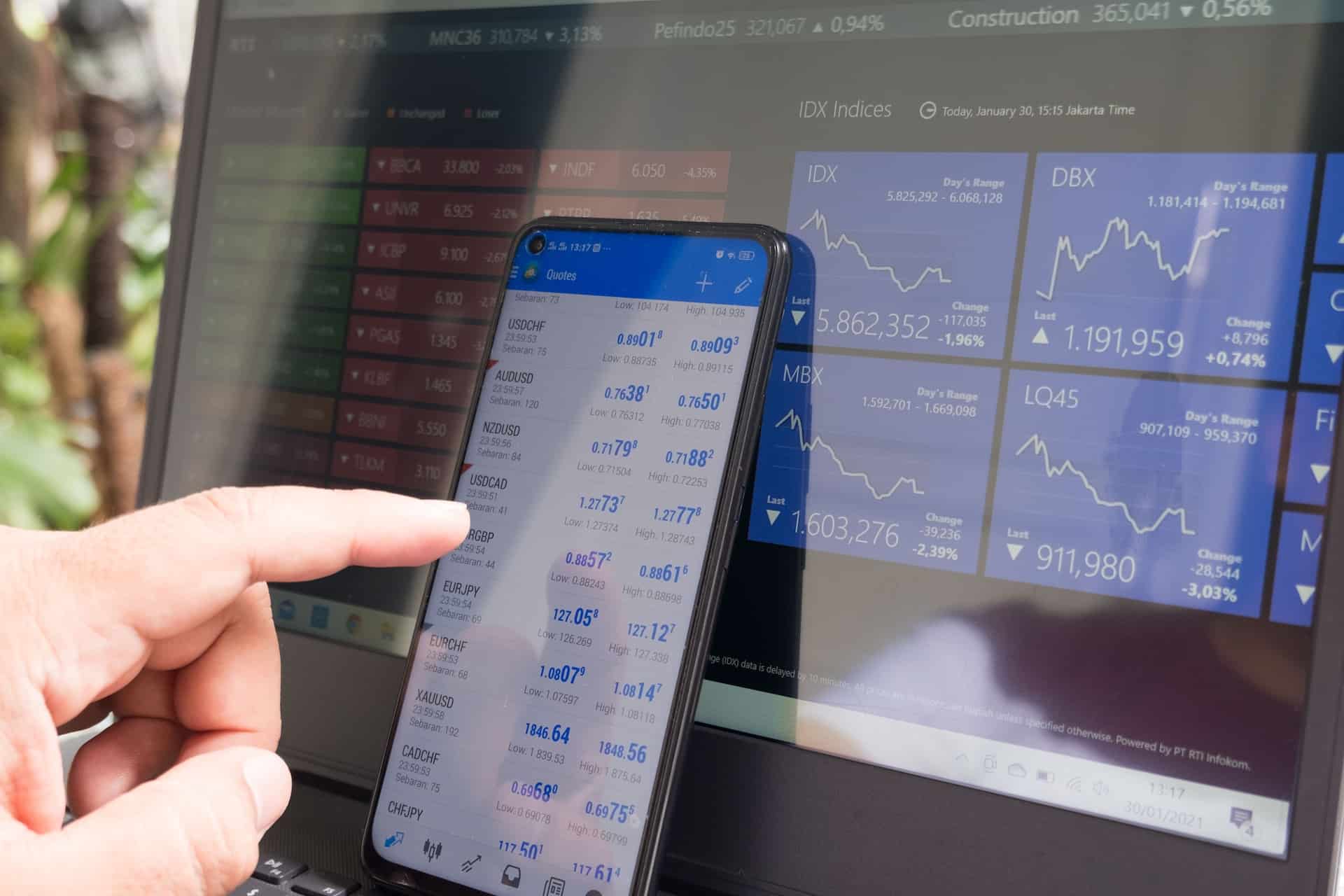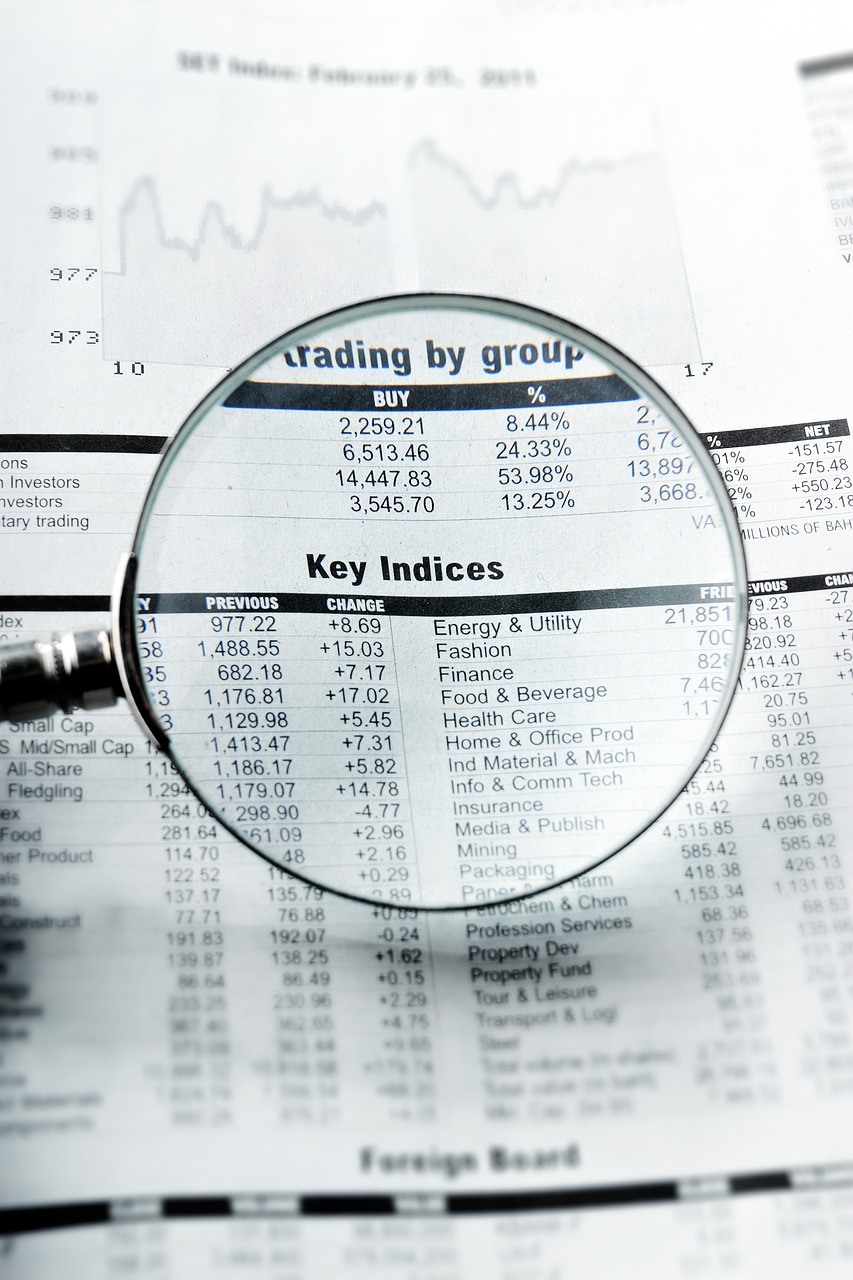Calculating the intrinsic value of a stock is a crucial part of fundamental analysis for investors. The intrinsic value represents the true underlying value of a company based on its earnings, assets, and growth potential. Having an accurate intrinsic value estimate allows investors to determine whether a stock is undervalued or overvalued compared to its market price. While intrinsic value calculation can seem complex, it doesn’t have to be. With the right understanding of the key concepts and a step-by-step approach, determining intrinsic value can be straightforward. In this comprehensive guide, we will demystify intrinsic value calculation and provide actionable steps for DIY investors to find the intrinsic value of any stock.
What is Intrinsic Value?
The intrinsic value of a stock is the actual value of the company based on its fundamentals and earning power. It represents the true worth of the business to a knowledgeable investor. Intrinsic value is calculated by analyzing financial metrics like earnings, dividends, assets, and growth projections. The intrinsic value is compared to the current market price to determine whether the stock is underpriced or overpriced. If the intrinsic value is higher than the market price, the stock is undervalued and may represent a buying opportunity. If it is lower, the stock is overvalued and poised for a potential decline. Determining the intrinsic value requires financial modeling, valuation ratios, and reasonable assumptions about the future. With the right approach, individual investors can estimate the intrinsic value on their own to guide smart investment decisions.
Why Calculate Intrinsic Value?
Here are some key reasons why determining the intrinsic value is important for investors:
- Finds Undervalued Stocks: The main goal is to identify undervalued stocks trading below their intrinsic worth. Stocks with market prices significantly below intrinsic value represent prime buying opportunities.
- Avoids Overvalued Stocks: Conversely, comparing the intrinsic value to the market price also helps steer clear of overvalued stocks prone to declines when their high valuations revert to intrinsic worth.
- Makes Informed Decisions: Knowing the intrinsic value provides an informed anchor for investment decisions based on actual valuations rather than just stock price fluctuations.
- Matches Personal Investment Criteria: Investors can customize intrinsic value calculations to match their own investment style and criteria to find suitable stocks fitting their strategy.
- Gain Investment Confidence: Deriving one’s intrinsic value estimates promotes research, understanding, and confidence in investment choices based on the company’s fundamentals and logic.
Overall, intrinsic value remains one of the cornerstones of smart investing. The time devoted to estimating the true worth of a business is richly rewarded through wiser stock selections, constructing sensibly valued portfolios, and better long-term performance.
Approaches to Determine Intrinsic Value
Many methods exist for determining the intrinsic value of stocks. While the models differ, they share the same objective – analyze the company’s financials to quantify its true underlying value. Here are some of the most popular intrinsic value estimation models:
- Discounted Cash Flow Analysis: Projects the company’s future cash flows, and discounts them back to the present to calculate intrinsic value. It requires cash flow projections based on revenue growth, profit margins, capital spending, and other inputs.
- Dividend Discount Model: Values a stock based on its future dividend payments discounted back to its present value. High-dividend stocks are ideal candidates for this intrinsic value model.
- Asset-Based Valuations: Totals the company’s assets, and adjusts for liabilities, to measure the tangible book value representing a form of intrinsic worth. Useful for capital-intensive industries like financials, manufacturing, and energy.
- Private Business Valuation Multiples: Applies valuation ratios like P/E, P/B, and P/S ratios of comparable private business transactions to estimate the intrinsic value of the stock.
- Replacement Cost Valuation: Calculates the cost to recreate the company from scratch, adjusted by its future profit potential. Applicable for asset-rich companies.
Each model has pros and cons. Investors may utilize several approaches to cross-verify their intrinsic value estimate. The right model also depends on the stock under consideration and data availability.
Step-by-Step Intrinsic Value Calculation
We will demonstrate a step-by-step intrinsic value calculation using the discounted cash flow model. It requires more inputs than other models but offers an in-depth approach suitable for most stocks. Here are the key steps:
- Project the company’s free cash flows over the next 5 to 10 years. Free cash flow represents the excess cash left for shareholders after funding operations and capital expenditures. Review the firm’s financials, growth trajectory, expenses, and capital spending plans to model realistic future free cash flows.
- Estimate the terminal value after the discrete projection period. Use a conservative perpetual growth rate to value free cash flows beyond the forecasted years. Lower terminal growth for firms operating in mature industries.
- Discount the projected free cash flows back to the present using the firm’s weighted average cost of capital (WACC). WACC accounts for the company’s costs for equity and debt financing weighted by their proportions.
- Add the discounted cash flows and terminal value. The resulting total equals the net present value representing the intrinsic value of the stock today.
- Compare the intrinsic value to the current stock price. If the intrinsic value exceeds the market price, the stock is undervalued. If the market price is higher, it is overvalued.
- Perform sensitivity analysis around key inputs like revenue growth, expenses, capital spending, WACC, and terminal growth to assess the impact on intrinsic value. Conservative assumptions make for reliable estimates.
- Re-evaluate the intrinsic value annually adjusting projections and assumptions as the company’s fundamentals evolve.
Let’s walk through a sample intrinsic value calculation for leading electric vehicle maker Tesla Inc (TSLA). We will project free cash flows, discount them by WACC, and determine Tesla’s intrinsic value per share.
Intrinsic Value Calculator Example for Tesla Stock
- Project Tesla’s Free Cash Flows
We forecast Tesla’s future free cash flows based on its sales growth, margins, capital spending, working capital, and depreciation. For the projection period from 2023 to 2032, Tesla’s revenues grow annually by 25% supported by strong EV demand. Profit margins will hit 25% by 2032 as production scales. Capital spending scales with revenue growing 25% annually. Non-cash depreciation equals 15% of prior year capital spending. Changes in working capital are 5% of incremental revenue.
- Estimate Terminal Value
After the discrete projection period ending in 2032, we assume Tesla’s free cash flow will perpetually grow by just 3% reflecting maturity. Applying a standard perpetuity formula with 3% terminal growth, Tesla’s terminal value equals $277 billion.
- Discount Free Cash Flows by WACC
We estimate Tesla’s WACC to be 10% based on its cost of equity and after-tax cost of debt. Discounting projected free cash flows and terminal value by 10% back to 2023 gives Tesla’s net present value equal to $125 billion.
- Calculate Intrinsic Value per Share
With 1 billion shares outstanding, Tesla’s intrinsic value per share equals the net present value of $125 billion divided by 1 billion shares or $125.
- Compare to Market Price
With Tesla trading around $123 currently, our intrinsic value estimate of $125 implies Tesla is slightly undervalued presenting a potential buying opportunity.
- Sensitivity Analysis
Varying WACC between 8% and 12% gives an intrinsic value range of $105 to $150. Faster terminal growth of 5% suggests undervaluation. A slower sales growth of 20% indicates overvaluation.
- Monitor and Update Annually
We will revisit our projections as Tesla reports updated financials through 2023 and beyond. Higher or lower-than-expected cash generation will alter its intrinsic value.
This demonstration illustrates how discounted cash flow analysis provides a detailed intrinsic stock valuation through the projection of company financials, discounting by WACC, and computing per share values. When regularly updated with new information, it offers investors a powerful tool for identifying undervalued opportunities.
Key Intrinsic Value Drivers
Estimating intrinsic value relies on properly assessing key value drivers based on the company’s financials and business prospects. Here are some major drivers to focus on:
- Revenue Growth Rate: Realistic projections of future revenue growth based on the firm’s market opportunity, competitive position, and new products and services.
- Profit Margins: Projections for profit margin trends based on pricing power, cost structure, and economies of scale.
- Dividend Payout/Buybacks: Assumptions around dividends and share repurchases which return cash to shareholders.
- Capital Spending: Plans for capital expenditures and investments needed to support growth.
- Cost of Capital: Benchmark WACC reflecting the right blend of equity and debt financing costs.
- Terminal Value: Conservative terminal growth rate for cash flow continuation beyond the projection period.
- Working Capital, Depreciation: Other key non-cash items affecting projected cash flows.
Thoroughly researching the company and industry is necessary to make reasonable projections for each of these value drivers. Avoid overly optimistic assumptions by taking a prudent approach. Think like a business owner and consider downside scenarios. With practice, key intrinsic value drivers become second nature for the enterprising investor.
Common Intrinsic Value Mistakes
Even veteran investors make missteps when determining intrinsic value. Being aware of the common errors provides an opportunity to avoid these valuation traps:
- Aggressive Growth Assumptions: Forecasting an unrealistic growth trajectory sets the analysis up for failure. Know the company’s market potential and stick to rational forecasts.
- Ignoring Competition: Failing to account for future competition leads to over-optimistic cash flow projections. Build in conservative competitive response in revenues and margins.
- Wrong Discount Rate: Using inappropriate discount rates that don’t reflect the company’s true cost of capital will skew valuation. Take care to estimate WACC accurately.
- Terminal Value Overemphasis: Placing too much weight on speculative terminal value assumptions makes the overall valuation less credible. Focus on discrete projection period.
- Overlooking Risks: Not fully considering downside scenarios or risk factors leads to intrinsic value estimates that are far too optimistic. Incorporate prudent risk adjustments.
Avoiding these common mistakes takes vigilance and asking the right questions. Have a rationale for each input and assumption. Cross-check intrinsic value models for consistency. Think like a dispassionate owner, not a stock price cheerleader.
Making Intrinsic Value Part of Your Process
Here are tips for effectively integrating intrinsic value analysis into your overall investment process:
- Find Undervalued Candidates: Use intrinsic value estimates to screen for and select stocks with market prices significantly below their true worth. This focus on valuation accelerates returns.
- Combine with Other Metrics: Look at intrinsic value alongside other key metrics like PE ratios, earnings growth, and quality scores for a complete perspective on investment potential.
- Revisit Annually: Update intrinsic value annually based on the latest financials and re-evaluate against market price. Stocks can move from undervalued to overvalued over time.
- Focus on Dividend Payers: Companies paying safe and growing dividends are easier to value based on tangible cash payouts to shareholders.
- Know Your Circle of Competence: Stick with businesses you understand and can reasonably forecast. Leave complex valuations to the experts.
Making sound intrinsic value estimates takes work. But it’s a rewarding investment skill that can pay off substantially over time. Consistently buying stocks trading significantly below their intrinsic worth based on fundamentals is a proven formula for enhancing long-term returns.
Key Takeaways
- Intrinsic value represents the true underlying economic worth of a company based on its business prospects, earnings power, and growth projections. Comparing intrinsic value to the market price is key for identifying undervalued stocks.
- Several valuation models exist like discounted cash flow, dividend discount, asset-based, and private business comparison. Choose models fitting the stock under consideration.
- Discounted cash flow valuation projects future free cash flows, discounts them by WACC, and computes a per share intrinsic value to compare against market price.
- Focus on key value drivers like revenue growth, profitability, capital spending, dividends, cost of capital, and terminal value when estimating intrinsic value.
- Avoid common mistakes like overly optimistic assumptions, ignoring competition, inappropriate discount rates, overemphasis on terminal value, and overlooking risks.
- Maintain reasonable assumptions, cross-check models, think like an owner, and focus on dividend payers. Update intrinsic value annually as financials evolve.
With the right valuation approach and mindset, determining the intrinsic value of stocks is possible for all investors. While not a precise science, intrinsic value estimates derived from company fundamentals and earnings potential remain the cornerstone for identifying undervalued opportunities. Mastering these core skills allows investors to make smarter capital allocation decisions based on rational quantitative analysis rather than emotions or market hype.




